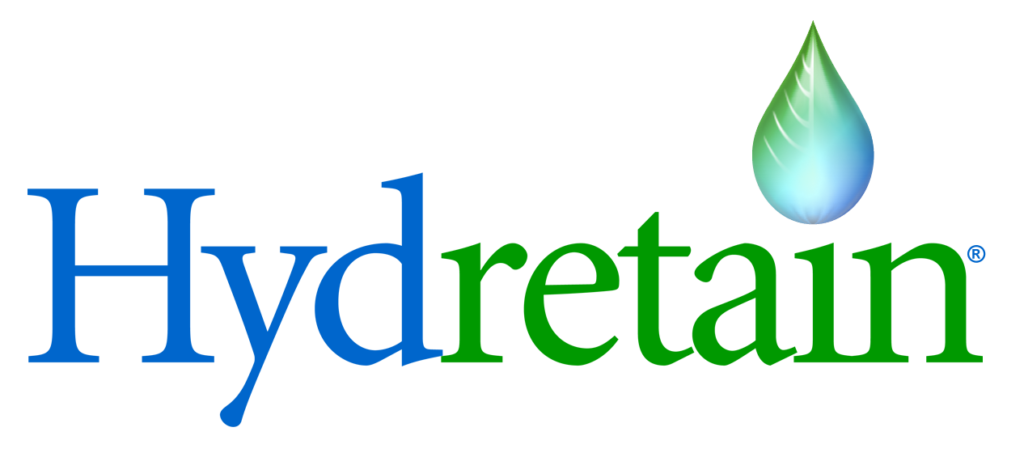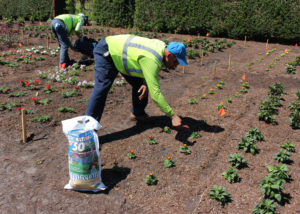Hydretain in the Desert
The belief that Hydretain products can’t perform in the desert is guided by a misunderstanding of how the Hydretain technology functions. One of the biggest misconceptions about Hydretain is that it pulls moisture down into the soil from the air above to create water droplets for plant roots– this is simply not true.
Now you may be thinking to yourself, but wait a minute, I’ve seen the powder demonstration. I’ve watched Hydretain create water droplets out of the air with my very own eyes. You’re right! Hydretain does have the ability to condense moisture vapor (humidity in the air) into plant usable water droplets.
The discrepancy is based on a misunderstanding of where that humid air exists. Hydretain is not powerful enough to reach up out of ground and draw water back into the soil for plant roots. It is; however, strong enough to grab water molecules from the humid air in the soil pore space.
Pore Space in the Soil
Porosity is an important factor in soil health. Pore spaces between soil particles facilitate the water, air and nutrient exchanges that plants need to thrive. During irrigation or rainfall, those pore spaces fill with water, creating the opportunity for plant roots to take a drink. As soils begin to dry down, air reenters the pore space and water molecules separate to form moisture vapor or humidity. Just as we can’t drink from the humidity in the air around us, plants can’t utilize this moisture either, and eventually it is lost to evaporation.
That’s where Hydretain comes in. Once Hydretain is applied and watered into the soil, it adheres to plant roots and soil particles. As soils dry and water molecules separate in the process of evaporation, Hydretain attracts those molecules to itself, pulling them back together to reform plant usable droplets – similar to seeing condensation form on a cold glass. This process extends water availability to plants, minimizing moisture stress and reducing the need for frequent irrigation.
Back to the Desert…
Hydretain’s performance is based the availability of soil moisture vapor, not atmospheric humidity. Even in extremely arid climates, soil’s moisture can be very high depending on watering practices. With proper watering practices, Hydretain’s performance in Phoenix, AZ can be as efficient as it is in Miami, FL.
Tips for Success
- Watering Hydretain Into the Soil
Hydretain must be watered into the soil in order to function properly. In arid climates, water evaporates more quickly than humid ones. When using liquid Hydretain, the product should be watered-in immediately following the application to ensure that Hydretain reaches the root zone rather than adhering to leaf tissue or getting caught in the thatch layer. If you are unable to water right away, granular Hydretain products are the better choice for your application. - Watering Practices
In arid climates, light and frequent waterings to cool grasses and other plants are a common practice. Unfortunately, this watering style does not provide enough soil moisture for Hydretain to be effective. With deep, infrequent watering you’ll provide enough moisture into the soil profile for Hydretain to perform properly. This practice will allow you to reduce overall water use while allowing plants to receive the water they need to naturally cool themselves through transpiration.
For questions or more information, contact our agronomic experts.



